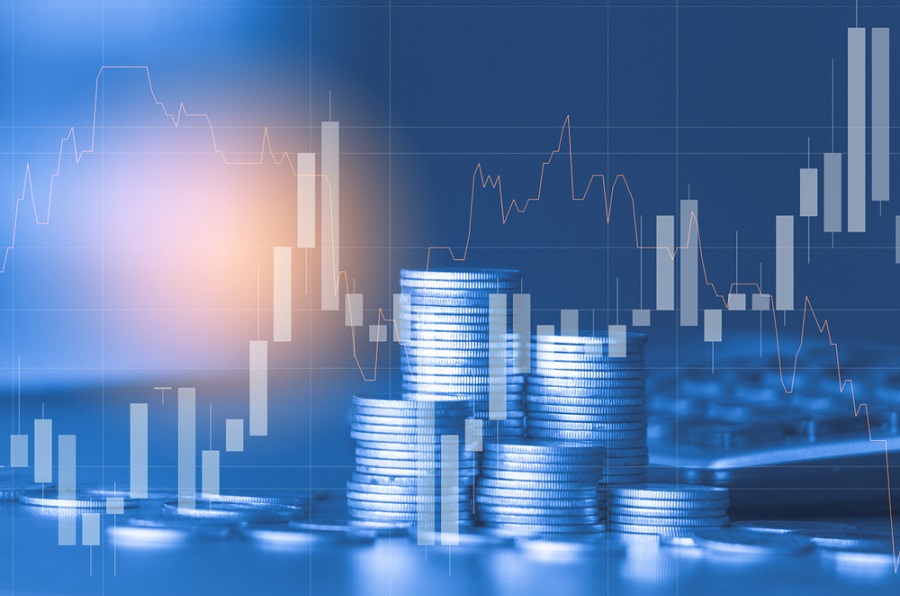RIO DE JANEIRO, BRAZIL – Gross Domestic Product (GDP) grew 2.7% over the previous quarter (April-June), in seasonally adjusted terms.
In interannual terms, economic activity increased 5.9% over last year’s July-September period. The data “reflects a recovery of economic activity in relation to the third quarter of 2020, a period when a contraction in year-on-year terms was observed as a consequence of the pandemic,” the BCU noted.

An overall recovery of activity was observed in the third quarter of the year, with the performance of trade and accommodation sectors standing out (15.1%). Consumer spending grew by 4.5% and the export of goods and services by 28.5%.
Economist Aldo Lema explained on Twitter that in the third quarter Uruguay’s GDP (seasonally adjusted) “completely reversed the decline linked to the pandemic and returned to its 2019 fourth quarter level (pre-pandemic).”
The year-on-year performance by activity in the third quarter reflects an overall increase in the value added of sectors compared to the third quarter of 2020, where the impact of the health crisis on economic activity was significant,” the BCU said in its statement.
Value-added agriculture increased by 5% year-on-year in the third quarter, as a result of a strong positive impact of livestock due to the increase in slaughtering and live cattle exports, according to the BCU. Industry grew 5.2% in the year-on-year comparison, also due to the higher activity of the meat processing industry – sustained by an increase in foreign demand -, and to a lesser extent to the automotive industry, oil refining and the manufacture of pharmaceutical products.
Likewise, there was a year-on-year 1.9% increase in power generation in the third quarter, mainly due to UTE’s exports to Brazil. Construction grew by 3.1% and was leveraged by the increase in buildings and other works. During the July-September period, the UPM pulp mill installation and the construction of the Central Railway had a positive impact.
CONSUMPTION AND FOREIGN TRADE
End consumer spending grew 4.5% in the third quarter. Household spending increased 2%, while government spending grew significantly (+14.6%). In the first case, there was an increase in the consumption of services affected by health restrictions in the same quarter last year, as well as in motor vehicles and clothing and footwear. With respect to the government, higher spending was due to the increase in education and public health services.
Gross capital formation (investment) increased 7.1% year-on-year, also with a strong impact of works associated with the construction of the UPM pulp mill in Paso de los Toros and the Central Railway.
Exports of goods and services increased 28% year-on-year and had a positive impact of 7.1 points in the third quarter, while imports increased 27.6%.
At the start of the month, Minister of Economy and Finance Azucena Arbeleche stated at a press conference that “the economy is very close to returning to normal activity” and said that the economic team expects that in the quarter (October-December) “the overall output will reach pre-pandemic levels.” The final figure for the year will not be known until next March.
At the time, she also confirmed 3.5% GDP growth forecasts and stated that private analysts – who saw the figure as very optimistic – revised their projections upwards.
Analysts and public and private institutions that participated in the BCU’s November Expectations Survey estimated that GDP would grow 3.1% this year. The projection, which in July was 2.6%, has been raised four consecutive times since then.

